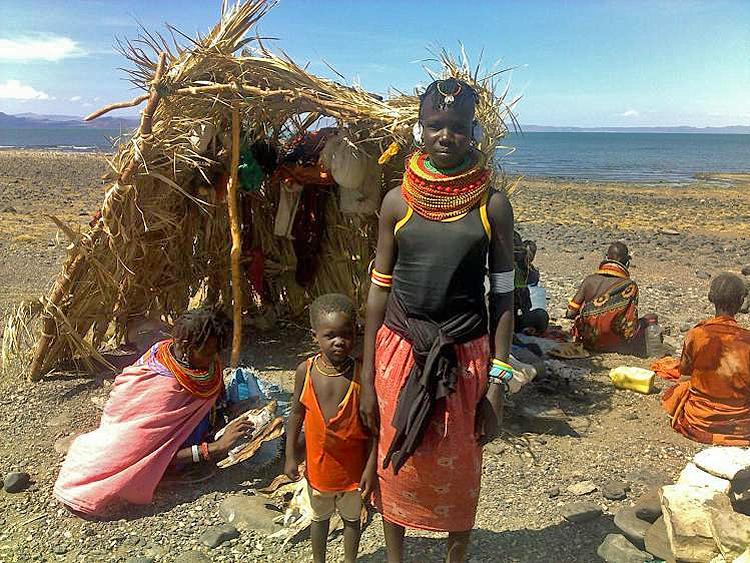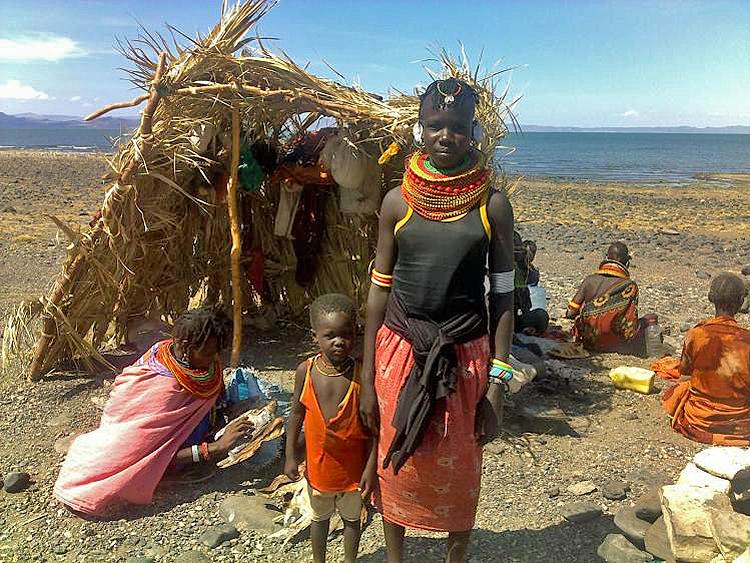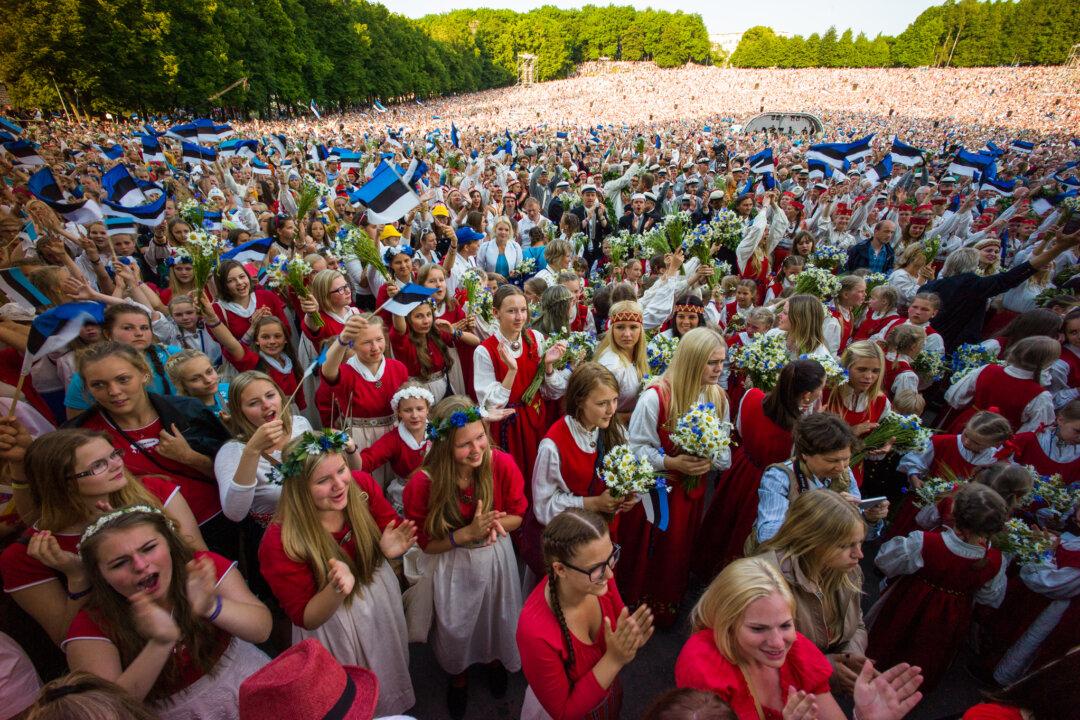Tribal Water Wars Could Be Looming for Africa
For many tribes and communities in Africa, Earth Day is not a special time to think about green acts and water conservation; it is a struggle to find enough water for their crops, livestock, and families.
|Updated:






